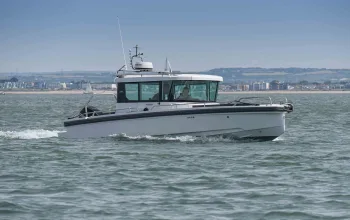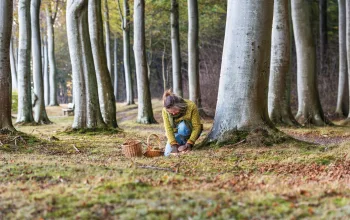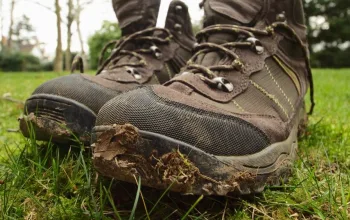Wheels & tyres
Make sure the wheels are ‘true’ – not warped - by spinning them and checking for wobble.
Add a daily pre-ride tyre check to your holiday routine, looking for cuts and any embedded ‘sharps’ such as glass, flints or thorns. Pull or gently prise out any you find before they work through.
Top tip Fatter tyres are more comfortable but don’t be fooled into fitting knobbly or heavily gripped tyres for a road tour. If using a mountain bike for a road tour, get a set of MTB road tyres for reduced rolling resistance and easier pedalling! Use the suggested inflation pressures which are written on the tyre wall and check them every day or so.
Saddle
The saddle should be level and support you predominantly on your sit bones – not on the soft tissue perineum, where all the nerves and blood vessels are situated, as this can lead to numbness.
Top tip Don’t try and find the perfect saddle the day before you leave as what you fit might turn out to be worse!
Handlebars
Sit on the saddle and check the bars are straight and there are caps on either end – landing on a piece of open metal tubing in a crash can be nasty.
Top tip If riding with flat bars (like those pictured on our Dawes), consider fitting bar-end extensions, as they will give you an alternative hand position for all-day riding. Even better, consider ‘Ergo grips’ like those fitted to the Dawes bike (pictured above).

Brakes
Squeeze the brakes and rock the bike backwards and forwards to check that the brakes can stop the wheels solidly, without having to pull the levers all the way to the handlebar.
Check that the braking surfaces – the brake pads and the wheel rims or brake discs – are not worn too thin or heavily gouged. If in doubt, get them changed – good brakes are not up for discussion!
Top tip If hiring a bike in Europe, the front and rear brakes will be the ‘wrong’ way round, with the right lever operating the back brake and the left lever operating the front. Take it easy until you’ve got used to the bike unless you fancy doing some unscheduled acrobatics!
Gearing
Bike gear mechanisms are easily knocked out of alignment during transit or storage, so hook the saddle on a door frame and change up and down the gears before you set off, making sure that all the gears are accessible without the noisy grating you get when the gear is not changing cleanly. Use the in-line cable adjusters to make small adjustments – or get someone who knows to show you how.
Top tip After a wet ride, wipe the chain with a rag and then re-oil and re-wipe to get rid of excess oil.
For taking on hills, hucking heavy loads or both, it’s better to err on the side of having lots of gears. That way, the wide range should include plenty of small gears for easy spinning. In practise, for modern bikes this means at least 24 gears – which is three ‘chainrings’ on the front between the pedals and at least 8 ‘sprockets’ on the back.





















